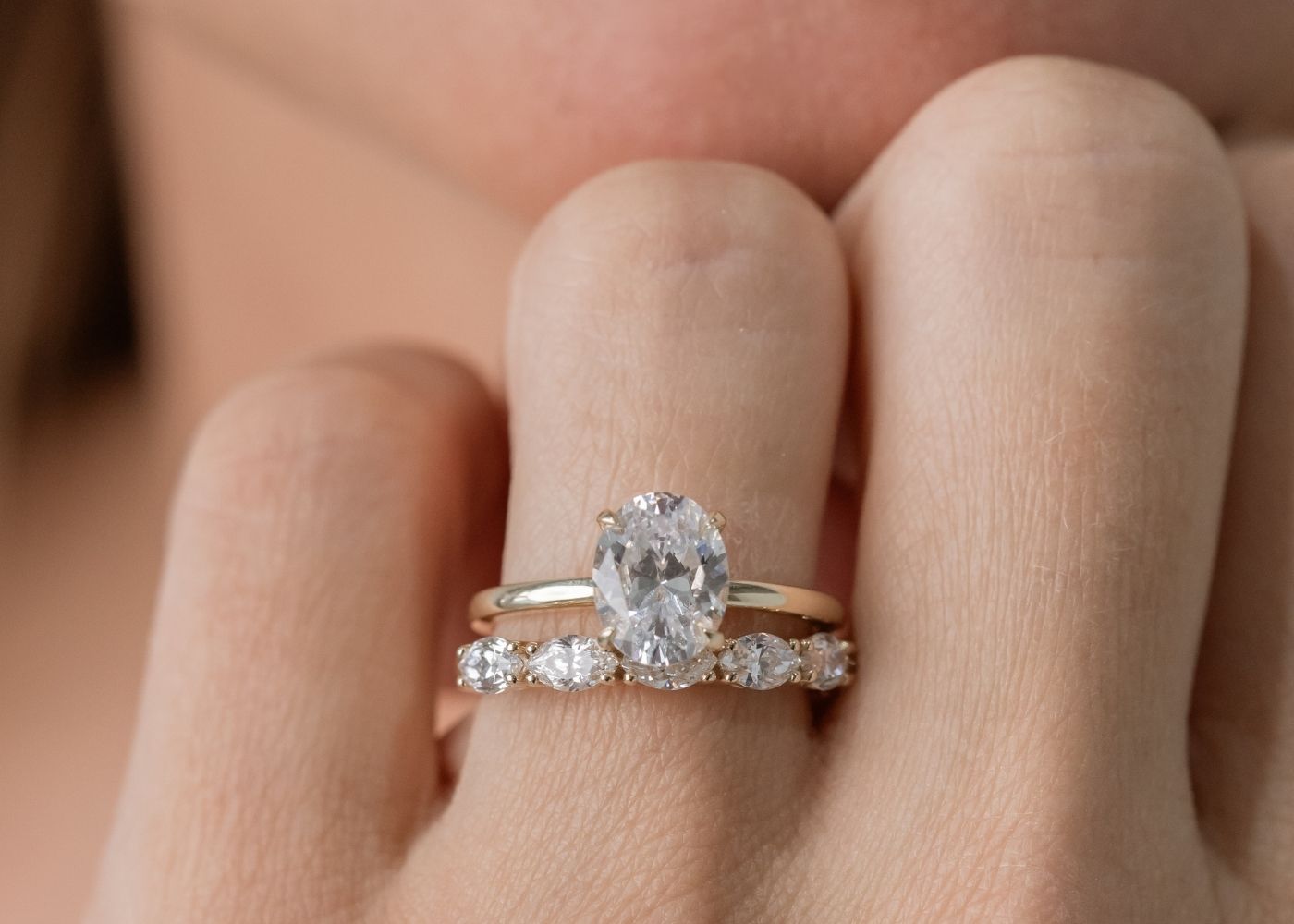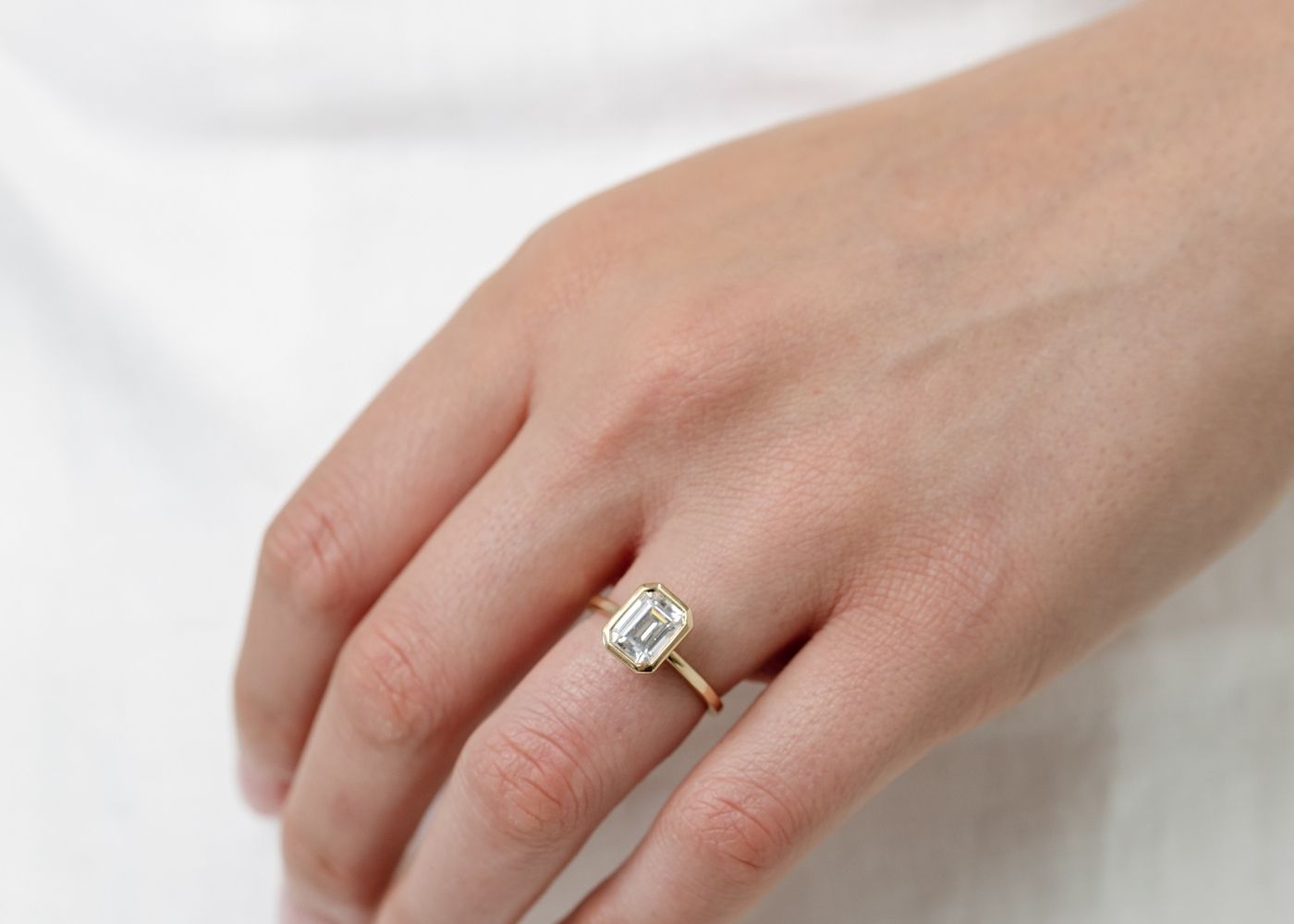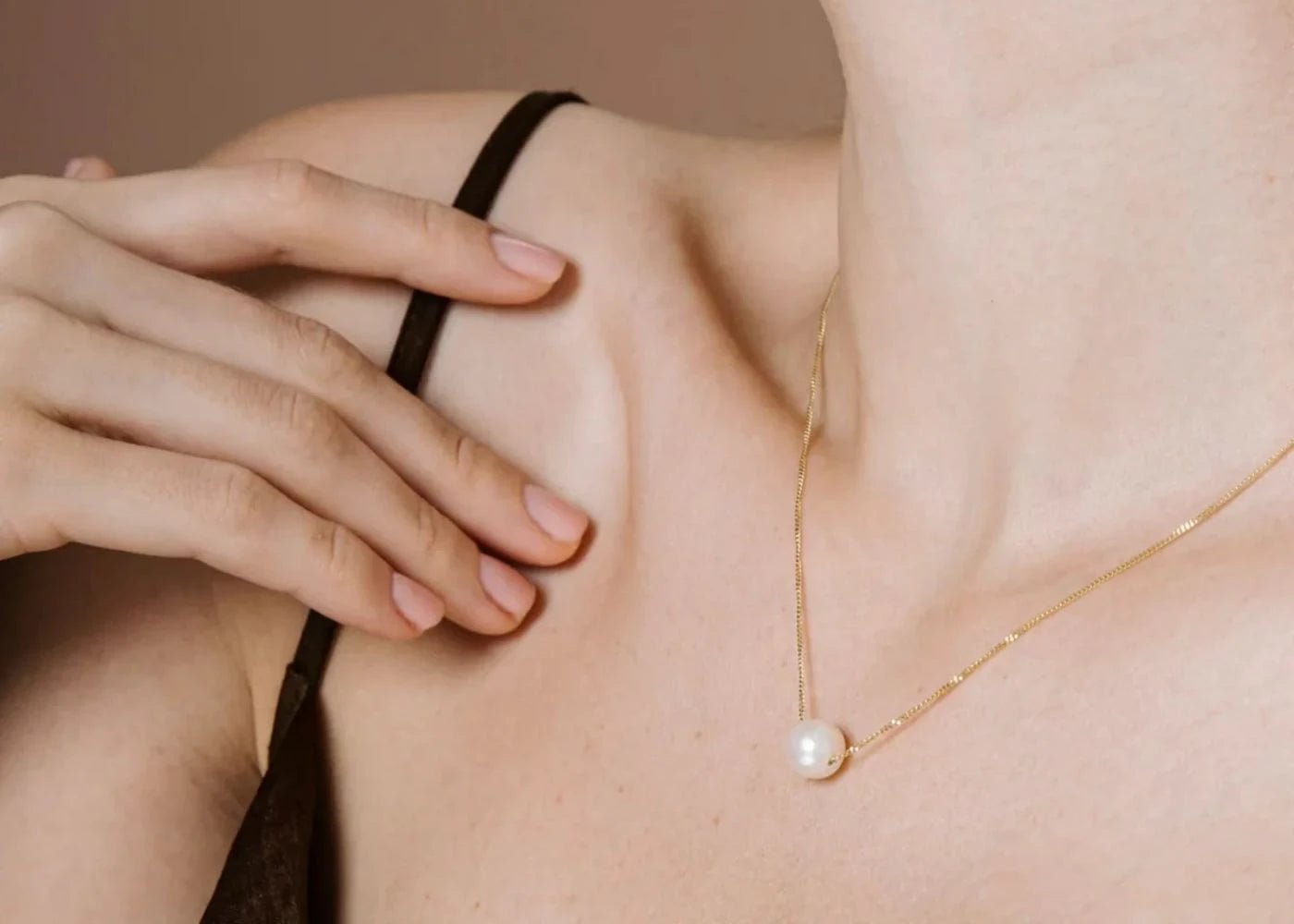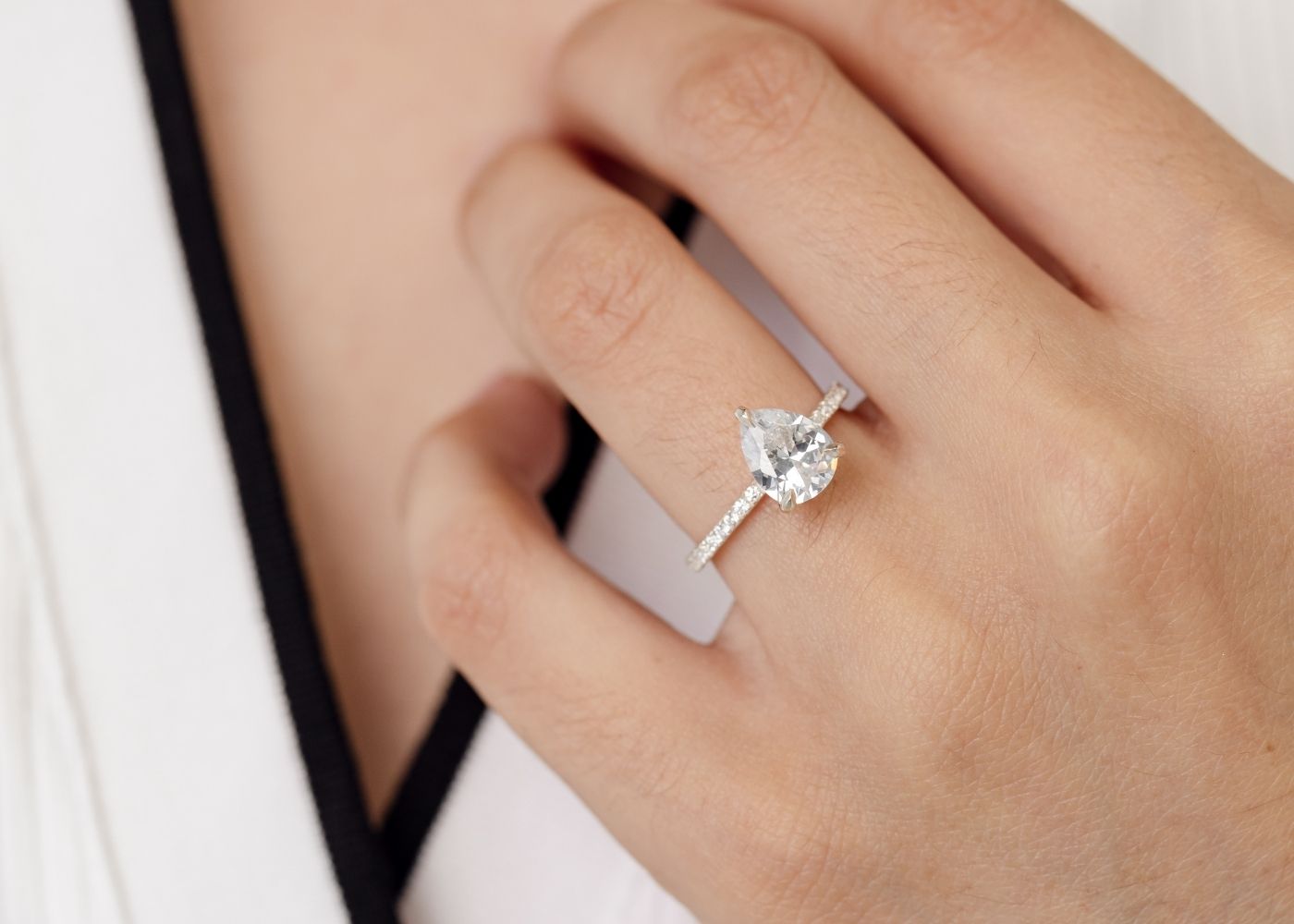Bronze
History and Origins of Bronze
- Bronze is an alloy consisting primarily of copper with about 12-12.5% tin and other metals like aluminium, manganese, nickel, or zinc.
- The Bronze Age, when bronze was widely used, is conventionally dated to the mid-4th millennium BC.
- Bronze tools, weapons, armor, and building materials were harder and more durable than stone and copper predecessors.
- The earliest known bronze artifacts come from the Iranian plateau in the 5th millennium BC.
- Tin bronze became superior to arsenic bronze due to easier alloying control and non-toxicity.
- The Bronze Age gave way to the Iron Age due to disruptions in the tin trade around 1200-1100 BC.
- Iron became cheaper and of better quality, leading to the advancement of ironworking techniques.
- Steel, which is stronger and harder than bronze, emerged as blacksmiths learned how to make it.
- Bronze continued to be used during the Iron Age and remains in use today.
- The Iron Age marked a shift from bronze to iron as the primary metal for tools and weapons.
Composition and Properties of Bronze
- Modern bronze is typically composed of 88% copper and 12% tin.
- Alpha bronze alloys with 4-5% tin are used for coins, springs, turbines, and blades.
- Historical bronzes vary in composition due to the use of available scrap metal.
- Classic bronze with about 10% tin was used for casting, while mild bronze with 6% tin was hammered into sheets.
- Commercial bronze (90% copper, 10% zinc) and architectural bronze (57% copper, 3% lead, 40% zinc) are considered brass alloys.
- Bronze has a lower melting point than steel or iron and is more easily produced.
- It is about 10% denser than steel, although alloys with aluminum or silicon may be slightly less dense.
- Bronze is a better conductor of heat and electricity than most steels.
- Copper-based alloys, including bronze, have versatile physical, mechanical, and chemical properties.
- Bronze alloys have various uses, such as high electrical conductivity, low-friction properties, resonant qualities, and resistance to corrosion.
Other Bronze Alloys
- Other bronze alloys include aluminium bronze, phosphor bronze, manganese bronze, bell metal, arsenical bronze, speculum metal, bismuth bronze, and cymbal alloys.
- Aluminium bronze contains aluminium as a primary alloying element.
- Phosphor bronze contains phosphorus, which improves strength and corrosion resistance.
- Manganese bronze contains manganese for increased strength and corrosion resistance.
- Bell metal is a bronze alloy with a high tin content, known for its resonant qualities.
Uses of Bronze
- Bronze was used for coins, boat and ship fittings, ship propellers, and submerged bearings.
- It is commonly used today for springs, bearings, bushings, automobile transmission pilot bearings, and similar fittings.
- Phosphor bronze is used for precision-grade bearings and springs, as well as guitar and piano strings.
- Bronze is used to make durable tools such as hammers, mallets, wrenches, and bronze wool for woodworking applications.
- Bearings are often made of bronze for its friction properties, and it can be impregnated with oil to make material for bearings.
- Bronze was used for architectural purposes, such as sheathing the Seagram Building in New York City.
- Bronze is widely used for casting bronze sculptures and creating intricate statues in various cultures.
- Bronze lamps were popular during the Art Nouveau and Art Deco periods, known for their durability and intricate designs.
- Bronze was used in historical objects like caldrons, firedogs, mantel clocks, vases, fountains, doors, and mirrors.
- Bronze is the preferred metal for bells, cymbals, and windings of strings in musical instruments.
- Bronze is used for coins, medals, and plaquettes, as well as in biblical references for various items.
Historical Examples and References
- Bronze artifacts have been found in ancient civilizations such as the Sumerians, Egyptians, Greeks, and Harappan civilization.
- Bronze sculptures were highly regarded in Ancient Greek art, and bronze statues were used in Indian Hindu art.
- Bronze was used in historical objects like medieval caldrons, French Rococo firedogs, Neoclassical mantel clocks, and Chinese vases.
- The largest bronze fountain known to be cast in the world was made for the Andrew W. Mellon Memorial in Washington, DC.
- Bronze mirrors have been found in various parts of the world, including Egypt, China, and Europe.
- Bronze is the traditional material for bells and has been used for coins and medals throughout history.
- Bronze was used in the construction of various items in the biblical Tabernacle and was referenced in battles and skilled craftsmanship.
Bronze Data Sources
| Reference | URL |
|---|---|
| Glossary | https://harryandcojewellery.com.au/blogs/glossary/bronze |
| Wikipedia | http://en.wikipedia.org/wiki/Bronze |
| Wikidata | https://www.wikidata.org/wiki/Q34095 |
| Knowledge Graph | https://www.google.com/search?kgmid=/m/01brf |





